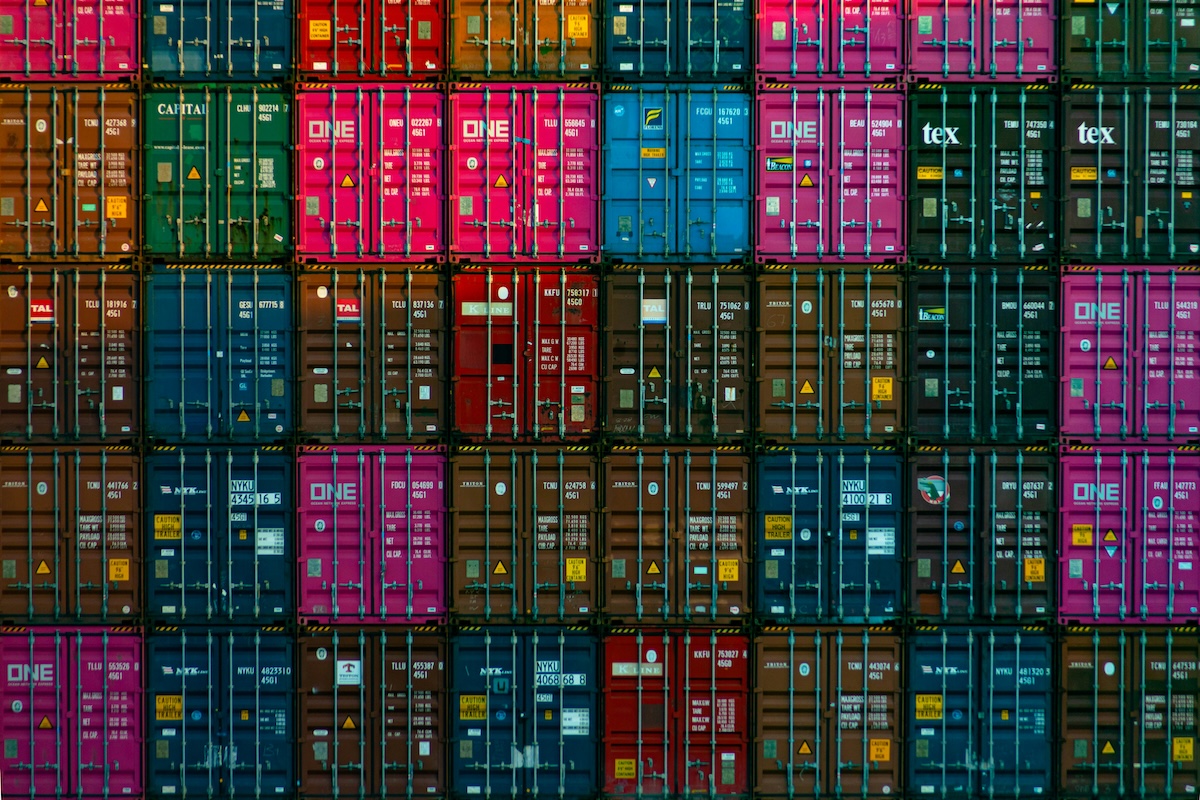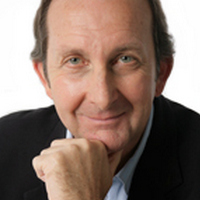

What’s the current lie of the land when it comes to the likely tariff we’ll cop? And how will our government, central bank and stock market react?
It’s August 1 here, but ‘here’ doesn’t count when it comes to the Trump tariffs, so we have to wait until tomorrow to see what tariff Australia cops from President Donald Trump. Of course, he often does big ‘stuff’ on the weekends, like dropping bombs on Iran, so the tariff slug could be revealed a day later. Whatever it is, important bodies like the RBA, the Albanese Government and the stock market will have a reaction.
What the US President hits us with will be a big news story, but the real impact of a 10% tariff on most Australian imported products into the US will only have a small economic impact. Interestingly, it could actually lead to our exporters finding alternative markets that have been ignored because it was easier to sell to Americans, given we currently have a free trade agreement!
Of course, that was a deal struck with another US President.
So, what’s the current lie of the land when it comes to the likely tariff we’ll cop? And how will the likes of our government, our central bank and our stock market react?
Right now, we’re on the list of key trading partners who haven’t ‘cracked a deal’ with the Trump team. Of course, that team has only made eight agreements in the 120 days or so since Liberation Day. CNBC showed them this morning.
Against these, India, Canada, Mexico and Australia are seen as key trading partners without a signed, sealed deal with Trump ahead of August 1.
On Liberation Day, Canada was threatened with a 35% tariff, Mexico 30% and India 25% (plus some other penalties). We were looking at the small country slug of 10%.
So, what are CNBC’s reporters telling us is the news on the ground in Washington about us? Here it is in a nutshell:
Interestingly, these US reporters pointed to Australia relaxing restrictions on US beef, a move that the office of the US trade representative credited to Trump. Our PM allegedly said, “the move was not prompted by Trump”, which, if true, mightn’t be the smartest piece of honesty, given the nature of Donald J. Trump!
Let’s look at the reaction to the upcoming tariff revelations.
A 10% tariff would be accepted, though the PM and Trade Minister Don Farrell would stick to their argument that our trade deficit entitles us to no tariff. If the tariff is 15% or 20%, there could be a public, negative reaction but the outcry could be muted because specific punishments from the President, such as big tariffs on pharmaceuticals and other specific sectors, are still in the wings. Also, the President has indicated that he doesn’t like us potentially punishing the likes of Google, Apple, Microsoft et al, who seemingly are tax dodging.
The central bank would not be influenced by the tariff being 10% or higher in the short run. While a US tariff won’t affect our inflation rate, it could reduce the number of rate cuts if global inflation kicks up because of the knock on effects of the Trump tariffs. That said, the expected August rate cut wouldn’t be affected, though the tipped November one could be. On the other hand, if the tariffs worldwide lead to a global slowdown, these tariffs could mean more rate cuts here in Australia.
Our market would slide on a bigger-than-expected tariff but not by a huge amount. Individual companies badly affected by a bigger-than-expected tariff would see a big stock price fall but the tariff deal that could really hit or help stocks will be the agreement with China.
I’m betting stocks rise for the next 12 months on relief that tariffs aren’t as bad as expected, China gets an OK deal, rates are falling, and Trump will cut taxes and introduce deregulation. But the real kicker is AI that will help the bottom lines of a lot of companies in the US and worldwide.
If we copped a ‘nice guy’ 10% tariff, our stock market would be relieved, but I wouldn’t put my money on the nice guy play!